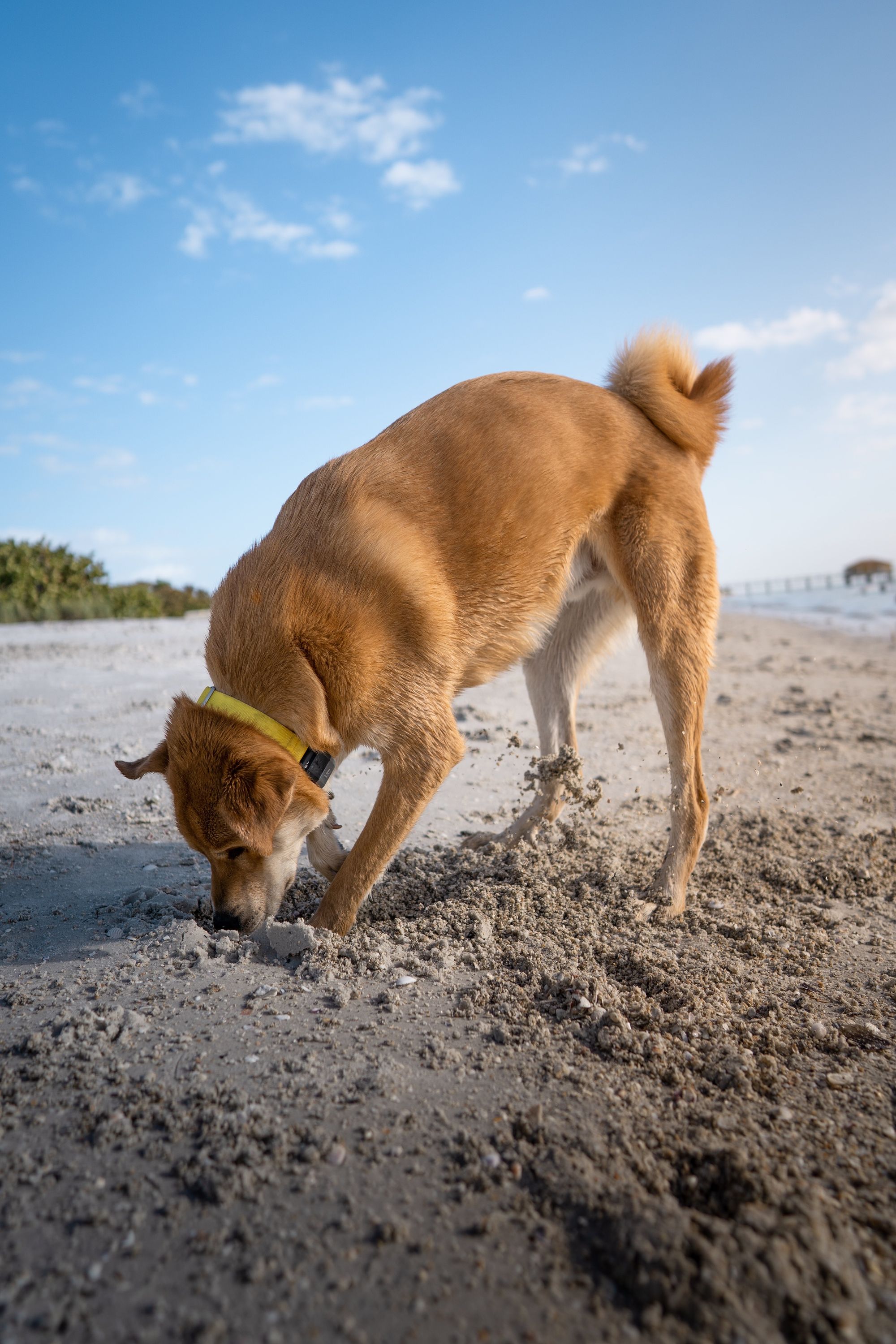September is finally here, which means so is Responsible Pet Ownership Month - a month dedicated to highlighting what it really means to not only be a good pet owner, but a responsible one too. Cesar Milan’s “5 C’s of Responsibility” covers the basic things you need to consider when owning a dog: Commitment, cost, care, control, and consideration.
1) Commitment
When you sign those adoption papers, you’re not just claiming ownership of the dog, you’re agreeing to provide them with care and love for their entire life. That can mean 10+ years of vet bills, bringing them with you if you move, and making sure they’re cared for when you’re not home. Once you bring home your new pet, they become a permanent part of your life and they’ll be relying on you for everything they need!
2) Cost
According to Spruce Pets, the average annual cost of owning a dog is anywhere between $1,500 and $9,900. And that’s not including emergency trips to the vet or medical issues as they age. But this annual average cost depends on a few things:
- Initial Costs - It’s no secret that rescuing a dog is usually significantly less expensive than adopting a dog from a breeder. And with a new dog, comes new collars, leashes, toys, and treats, so that first month is going to be much more costly than the following months.
- Food - There are so many food options for dogs today - kibble, raw, fresh, dehydrated - it’s hard to decide which one will be best! The cost of food will vary greatly depending on the type, but also on your dog’s size and energy level.
- Grooming - If you’re looking to cut back on some of those monthly costs, it’s probably a good idea to adopt a short haired dog rather than a long haired one that will require frequent grooming. A big, fluffy dog is very cute, but it doesn’t come without it’s added expenses!
- Training - This is another factor that will make that first year but more costly than the rest. If you’re inexperienced or don’t have the time to commit to daily training sessions with your new puppy (or if you rescue a dog with behavioral issues), you’ll likely want to invest in some training classes to make sure your dog is on the right track.
- Dog Walking - This monthly cost can be anywhere from $0 to $500 depending on your lifestyle. If your always home with your dog or if they come to work with you, you can cross this expense off your list, but if nobody will be around for a majority of the day, you’ll want to find a good dog walker so your dog can use the bathroom and get some energy out while you’re at work. A bored dog is a destructive dog and nobody wants that.
- Emergencies - You’ll never know when an emergency will arise, so it’s best to save up just in case. Put aside a set amount of money each month so that the costs aren’t quite as burdening as they would be. Though it’s another annual cost, pet insurance can also be very helpful to help you save on very costs when disaster strikes.
All of these costs may add up to be higher than you imagined - it may mean making coffee at home instead of buying one, or preparing dinner in your own kitchen rather than eating out, but we think it’s worth it.
3) Care
Along with their basic everyday needs like food and water, you’ll need to stay on top of their annual vet visits, vaccinations, and preventative medicines for fleas, ticks, and heartworms.
It’s also never a bad idea to have an emergency kit set aside in your home - having a go-bag with some antibacterial ointment, gauze, tweezers, and hydrogen peroxide (to induce vomiting if they ingest something harmful) will be a lifesaver if your dog is injured or if you live in an area that’s prone to natural disasters.
Lastly, care includes knowing when to let go. It’s something that no pet owner wants to think about, but the time will come when you and your vet need to make the right decision for them at the end of their life.
4) Control
If you’re crazy dog people like we are, this may be the toughest one! Though you can never truly have too many dogs, it’s important to know when enough is enough. Though you may think you’re helping a rescue dog by taking them out of the shelter and into your home, you need to remember that all of those above cost multiply with every new member you add to your pack.
Control also means spaying and neutering! Yes, Fluffy would have very cute puppies, but we all need to do our part in reducing the number of strays and shelter dogs across the country.
5) Consideration
A new dog not only affects you and your family, but those around you as well. Having an unsocialized or unruly dog may cause concerns among your neighbors and friends, and at its worst, may cause an incident where somebody gets hurt.
Properly training and socializing your dog and following leash laws are just a few of the many ways you can make sure your dog stays a neighborhood favorite.

